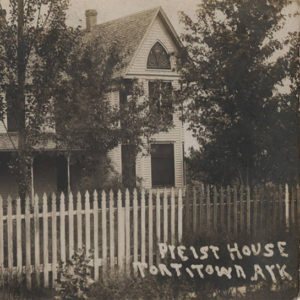 Priest House
Priest House
Entry Category: Counties, Cities, and Towns
 Priest House
Priest House
Prim (Cleburne County)
 Entering Princeton
Entering Princeton
Princeton (Dallas County)
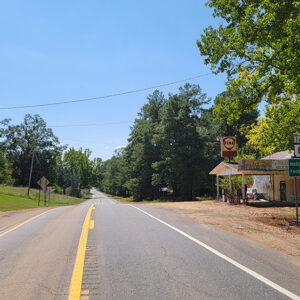 Princeton Street Scene
Princeton Street Scene
 Protective Gazebo
Protective Gazebo
Pulaski County
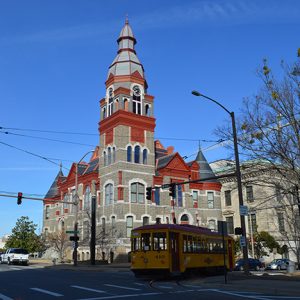 Pulaski County Courthouse
Pulaski County Courthouse
Pulaski Heights (Pulaski County)
 Pulaski Heights Bridge
Pulaski Heights Bridge
 Pulaski Heights Display
Pulaski Heights Display
 Pulaski Heights History
Pulaski Heights History
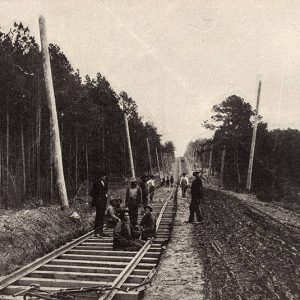 Pulaski Heights Line
Pulaski Heights Line
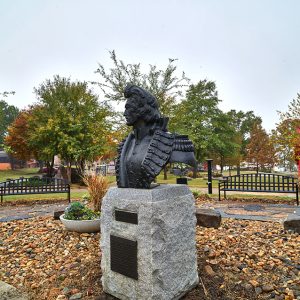 Casimir Pulaski Bust
Casimir Pulaski Bust
 Pulaskian
Pulaskian
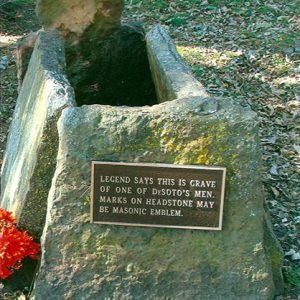 Purported de Soto Soldier Grave
Purported de Soto Soldier Grave
Puryear (Scott County)
Pyatt (Marion County)
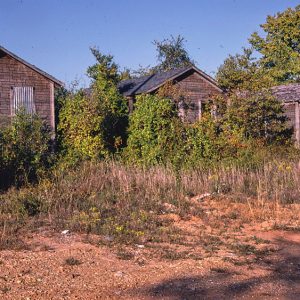 Pyatt Cabins
Pyatt Cabins
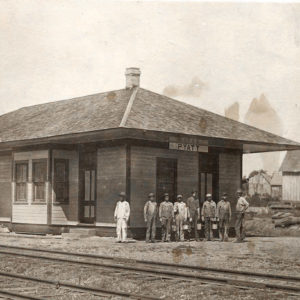 Pyatt Depot
Pyatt Depot
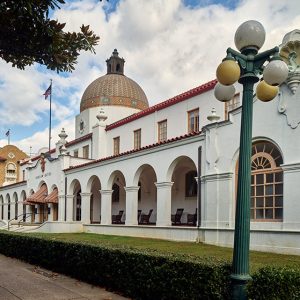 Quapaw Bathhouse
Quapaw Bathhouse
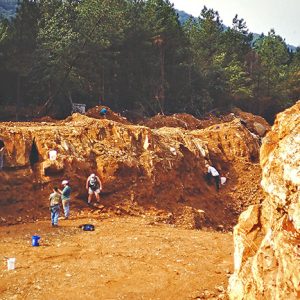 Quartz Crystal Mining
Quartz Crystal Mining
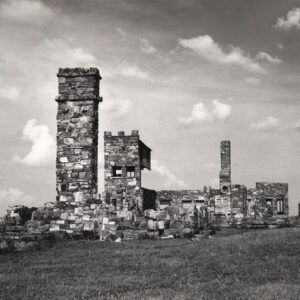 Queen Wilhelmina Lodge Ruins
Queen Wilhelmina Lodge Ruins
 Quinn Chapel
Quinn Chapel
Quitman (Cleburne and Faulkner Counties)
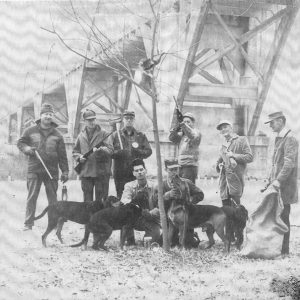 Racoon Hunters
Racoon Hunters
Raggio (Lee County)
 Railroad at Genoa
Railroad at Genoa
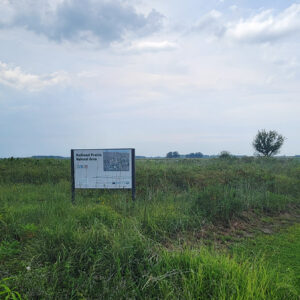 Railroad Prairie Natural Area
Railroad Prairie Natural Area
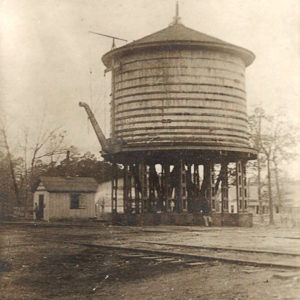 Railroad Tank
Railroad Tank
 Railroad Workers near Jonesboro
Railroad Workers near Jonesboro
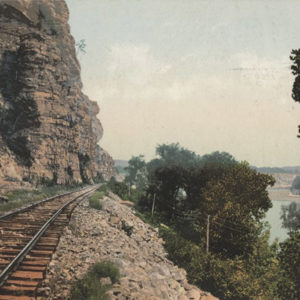 Railway at Penters Bluff
Railway at Penters Bluff
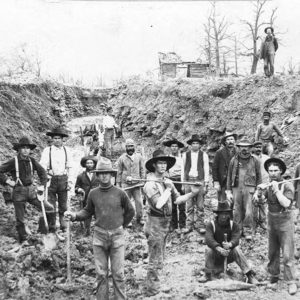 Railway Workers
Railway Workers
Randolph County
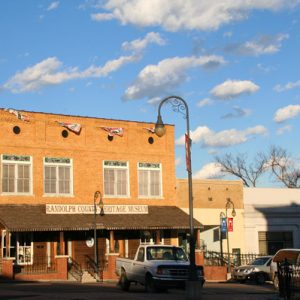 Randolph County Heritage Museum
Randolph County Heritage Museum
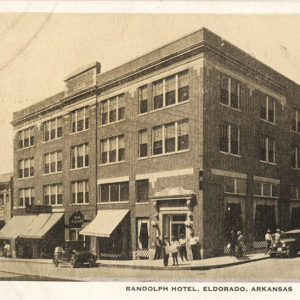 Randolph Hotel
Randolph Hotel
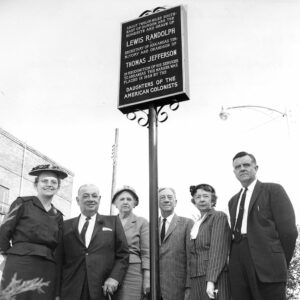 Randolph Plaque
Randolph Plaque
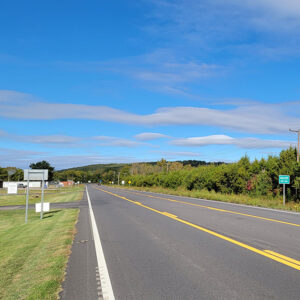 Entering Ratcliff
Entering Ratcliff
Ratcliff (Logan County)
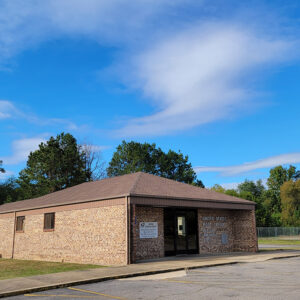 Ratcliff Post Office
Ratcliff Post Office
 Ratcliff Street Scene
Ratcliff Street Scene
Ravenden (Lawrence County)
Ravenden Springs (Randolph County)
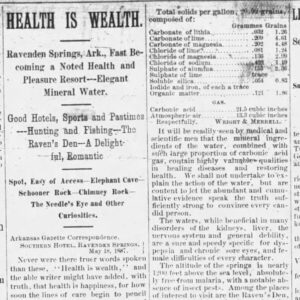 Ravenden Springs Health Article
Ravenden Springs Health Article
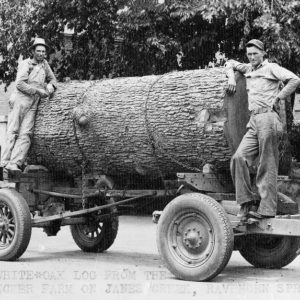 Ravenden Springs Logging
Ravenden Springs Logging
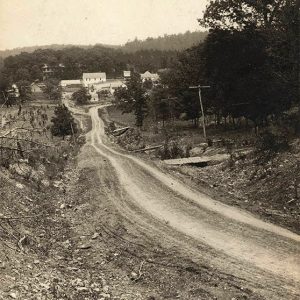 Ravenden Springs View
Ravenden Springs View
 Rawleigh Remedies
Rawleigh Remedies
 Mayor Willie Ray
Mayor Willie Ray
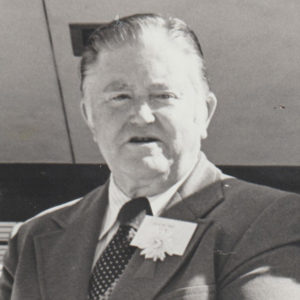 Willie Ray
Willie Ray
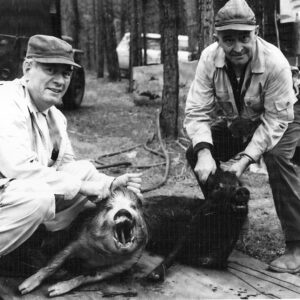 Razorback Hunters
Razorback Hunters




